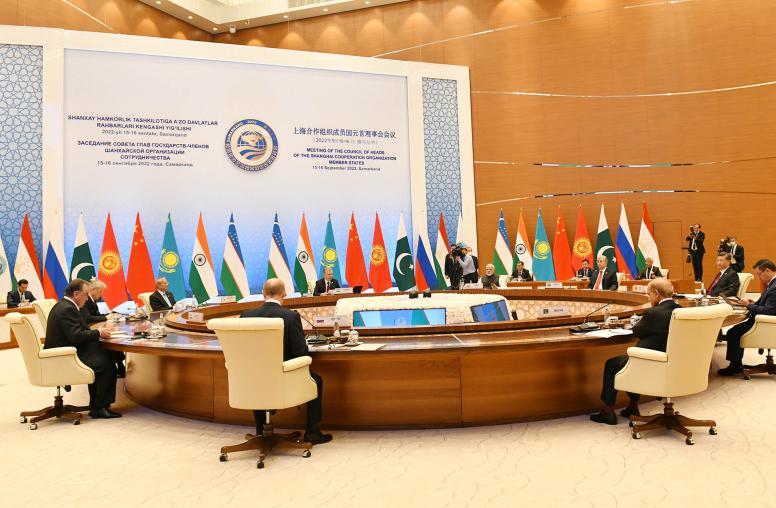Preventing Conflict in the "Stans"
Several destabilizing dynamics persist throughout eastern Central Asia, such as weak governance, poor social and economic conditions, ethnic tensions and religious militancy. While these differ in kind and scope in each country, some conflict drivers are transnational in scope, such as energy insecurity and environmental degradation.

Summary
- Several destabilizing dynamics persist throughout eastern Central Asia, such as weak governance, poor social and economic conditions, ethnic tensions and religious militancy. While these differ in kind and scope in each country, some conflict drivers are transnational in scope, such as energy insecurity and environmental degradation.
- Most factors mitigating or managing conflict-risks--such as foreign capital injections, migrant remittances and Soviet-style repression--are unsustainable and could trigger future violence.
- Given the deep Uzbek suspicion of any foreign, particularly Western, presence in the region, conflict prevention efforts should primarily focus on the Kyrgyz and Tajik side of the Ferghana Valley, a potential hotbed of instability.
- The U.S. government (USG) should coordinate its engagements in Central Asia with regional powers China and Russia; these efforts should be complemented by policy initiatives that tackle the unique challenges facing each country.
About This Brief
On February 16, USIP convened an expert meeting on Central Asia to build a greater understanding of regional stability issues that could affect U.S. development aims. This meeting and the ‘Kyrgyz revolution’ in early April inspired this Peace Brief, which will assess the region-wide factors driving and mitigating the potential for conflict as well as some of the conflict dynamics unique to each country specifically. This brief focuses on Kyrgyzstan, Tajikistan and Uzbekistan, the Central Asian countries most prone to conflict.



